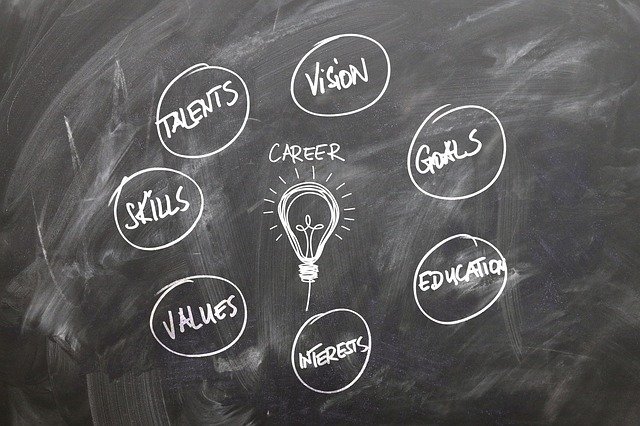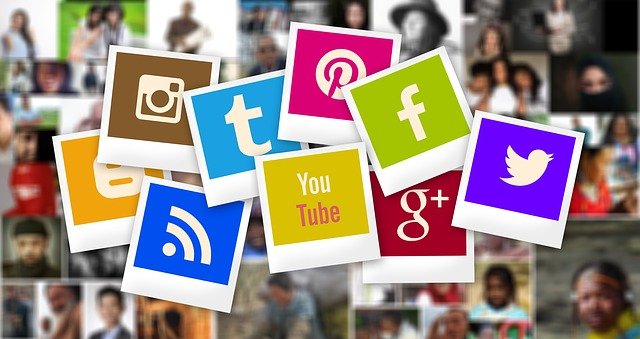Inmates Need all the Help They Can Get
A small number of studies have examined the specific characteristics of prison rioting. The research could be summarized as follows: *Prison riots in the United States were more likely to occur in urban rather than rural prisons. *Prison riots were more likely to occur on weekends. *Prison rioters took their grievances to the streets before committing their acts of revolt. Prison riots on city streets and rural prisons were more common than prison riots in rural prisons. *Prison riots were more likely to occur among prisoners with less education and in a less hierarchical society. *Prison rioters’ dominance of the rioting group did not extend to the extent that the culture that produced the rioters decided that this dominance was responsible for the violence. *Prison riots were less likely to occur in prisons controlled by the state. *Prison rioters were more likely to suffer retaliatory violence, such as corrections officers or prison administrators shooting rioters through bars or to stifle prisoners’ resistance to violence by putting them in isolated cells or solitary confinement.
It is more than likely that prison riots do not pose the same importance to prison research as they did in the past and that these days what research can show is not nearly as compelling as what it was a few decades ago. This section also has more specific references to historical prison research papers.
Society informs actions or “actions are already taken.” In the social sciences, individuals or groups take actions already taken by some other group. A fundamental problem involved in social science research is that the steps to be studied determine the outcome. Still, they can also influence the decision not to conduct the research. Sociologists think of action as a process inherent in people stepping outside of their generally high level of autonomy and emotions and taking up particular roles organized to fulfill a specific historical or social function. Sociologists, political scientists, economists, and the too numerous studies that deal with most organizations’ theory and practice tend to attempt to integrate models of groups and social processes to understand and show historical developments. However, the significant difficulty is that to show what occurs in society and why, these working definitions of action of some type have to be established and ancient ones have to be rehabilitated. Sociology, for example, is not exactly an instrument used by an action study but rather a tool used by philosophers and other social scientists to study society. A clear example of something similar that Sociologists, economists, and social scientists do often find when looking at human behavior is to see what happens in communities when there are significant changes in education, social policies, or other aspects of social organization. Sociologists and economists often have incredible success identifying the proximate causes of these changes (such as a new educational policy replacing a fixed curriculum) and the social consequences (such as lower social mobility levels, lower social mobility levels in terms of education, etc.). Before these changes can be studied in an action study of any magnitude, the causal structures that underlie the new policy must be identified. The universities and the social scientists suggest that these changes can be studied, to some extent, by first analyzing the economic, political, cultural, and other variables that affect society. What does your approach to the study and the identification of the governance arrangements if you want to estimate the effects and costs of policy changes vis a vis an intervention gone wrong? The answer to these questions is that I believe the policies and economic and political theories that influence societies today are more than the result of the numerous, subtle, and unforeseen causes that affect community today. Rather, from the fields of sociology, anthropology, economics, and political science (psychology, philosophy, history, etc.), it seems that movements are occurring, that groups and identities are reaffirming themselves, and that groups, identities, and epistemic communities are being formed to find ways to reinvigorate their identity, beliefs, and cultures. “Consequences” of political action The remainder of this section has a few examples of activities taken at a national or international level that created economic and political problems. These actions can then be identified as the “consequences” of political action. II. The Role of the US World Wars In terms of military policy and strategy, World Wars I, II, and the Korean War were formative events for the United States. Each of the four wars involved various increases in military force use in the country and helped define US political and constitutional conventions until the last World War. As a result, those present at the time can directly influence the policies and actions of entities and personalities from today that influence policy.


